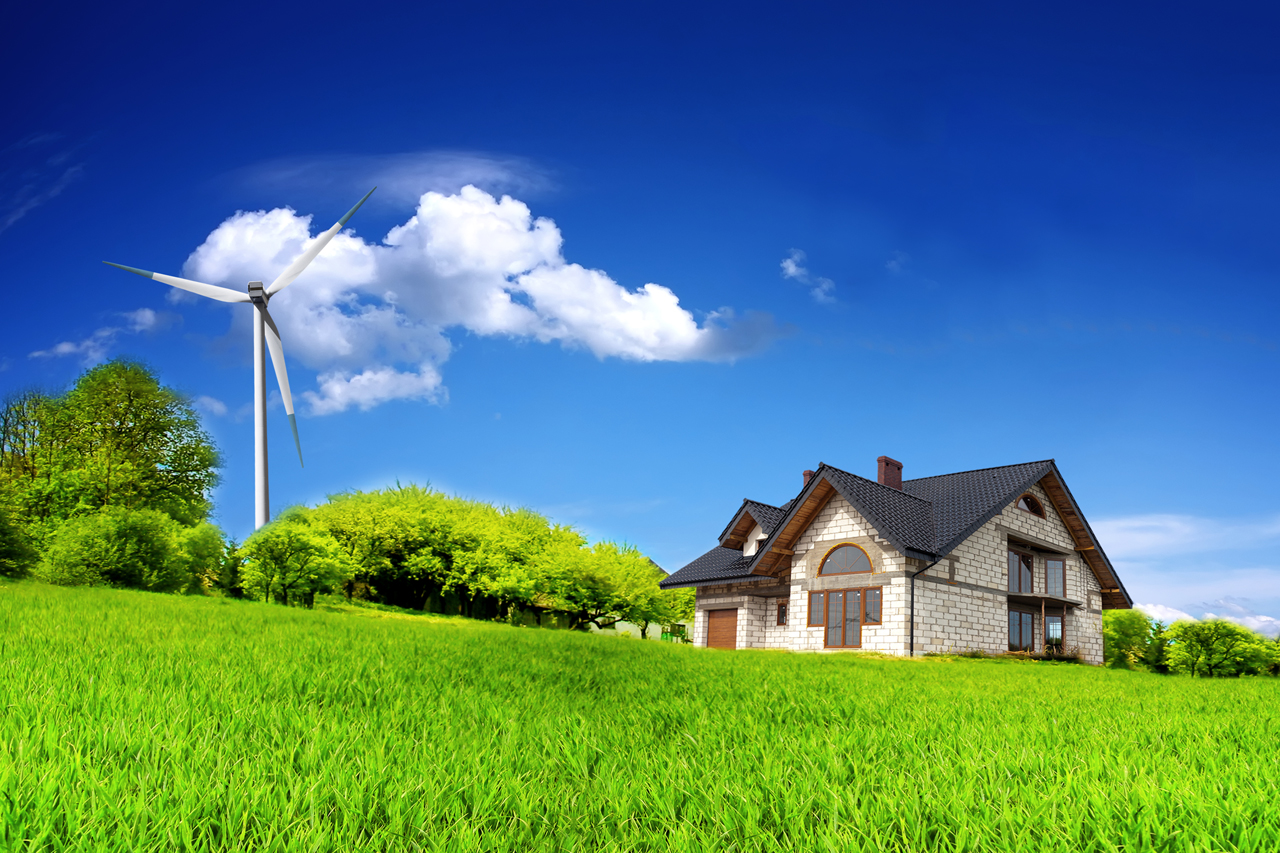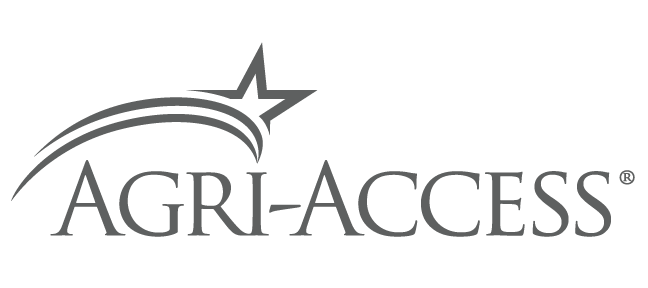A Comprehensive Guide to Wind Turbine Leases

Wind turbine leases have changed a lot in a very short amount of time. When Agri-Access’ loan servicers first started working with renewable energy companies, the process of leasing turbine land was often arduous. The restrictions were extensive, to the point where the negatives outweighed the benefits for many.
Now, things have gotten a lot simpler. “[The wind companies] realized that if they’re going to make this work, they have to make it palatable,” reflects Kari York, Senior Loan Specialist at Agri-Access. “They realized they just can’t tie up the land that tight.”
If you’re wondering just what goes into these leases nowadays, we’ve got the rundown for you.
The basics of wind turbine leases
While every turbine lease agreement and wind farm project will look a bit different, the basic points remain similar. The key facts are:
- Wind turbine leases are usually long term, commonly between 25 and 50 years.
- Wind turbine leases provide regular income to the landowner, usually a few thousand dollars per year per turbine.
- The income is steady and does not change based on crop prices, land value, bad weather, etc. This consistency is its biggest selling point for most landowners.
- While each turbine requires around 3/4 of an acre per MW of capacity, the actual occupied land is quite small. A turbine footing is roughly 50 to 65 feet across.
- Structures are prohibited with 150 feet or so of the turbine, but this usually does not interfere with farming or ranching.
Remember that the numbers above are a general estimate. Specifics will vary according to many different factors, including:
- The duration of the lease
- State regulations
- Wind farm design
- Turbine model
- Local terrain
How do I get a wind turbine on my land?
Almost always, you’ll need to wait until a wind farm developer reaches out to you. These developers are constantly scouting for potential sites, and if you’ve got a lot of wind in your area, odds are you’ll hear from someone.
Once they settle on a candidate site, developers will gauge landowner sentiment. If they can secure enough interested parties to make the project viable, they’ll move on to conducting wind and various other studies. They may need to survey for:
- Protected wetlands
- Federally protected plant and animal species
- State protected plant and animal species
- Migratory bird populations
- Cultural resources, both historic and prehistoric
- Past hazards, such as chemical storage or spills
This research can take quite a bit of time, depending on the scale of the project. Eventually, with information in hand, the developer will be able to decide how to move forward.
Turbine leases and Agri-Access loans
Agri-Access works with both borrowers and lenders, as necessary, to handle any changes that occur during the life of a loan. In the past it was often easier to add a turbine lease to an existing mortgage than to get a new loan and a lease at the same time. However, a lot of work has since been done between lenders and legal parties to ease the process from every angle.
If a wind turbine leasing opportunity arises, Agri-Access is always ready to help borrowers seize the moment. To learn more, simply get in touch with one of our relationship managers.
